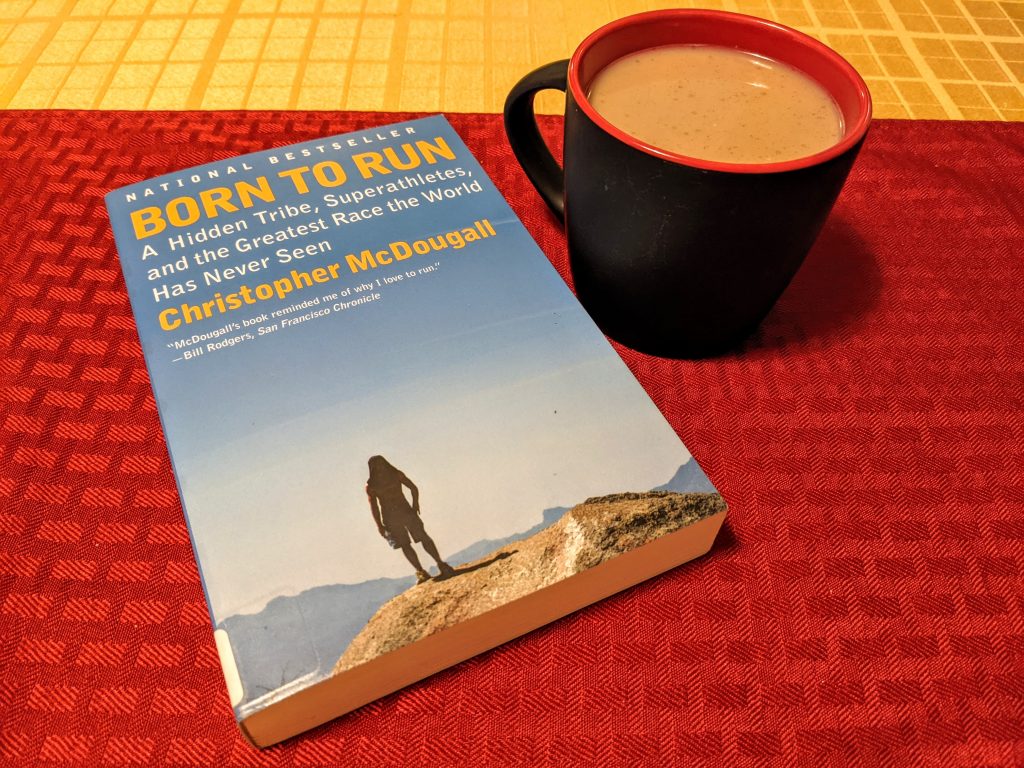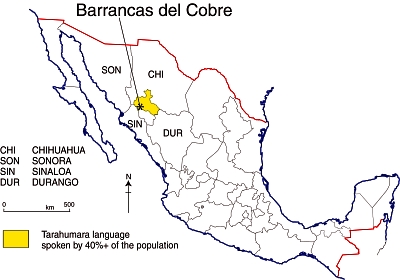I recently finished reading a book by Christopher McDougall titled Born to Run, a Hidden Tribe, Superathletes, and the Greatest Race the World Has Never Seen. It’s a long title, but the book is a good one. It’s a story that starts out with the question, “How come my foot hurts?”

The author, a runner plagued by injuries, wants to know why he is plagued by injuries, and he makes a valid point that “antelope don’t get shin splints”. The physiology of the antelope is very different, and the book delves into the search for why humans are built the way we are. The author explores why being a biped is such an advantage, when we aren’t particularly fast runners on our two scrawny legs. All of the physiological adaptation discussions in the book fascinate because they explain some of the reasons humans are such weird looking creatures, and how that has helped us get to the top of the food chain. It also makes a lot of sense considering how slow we are.
The story in the book though is even more fascinating. More on that in a moment though. For a proper book review, I need to tell you a bit about the cadence of the story. The beginning of the book starts strong. It grabbed my attention and held it through about Chapter 9. At that point, it wasn’t that the story wasn’t interesting; it just met a fork in the trail. If you have a hard time keeping up with side stories, especially some that take a while to circle back around to the main story, it can seem disjointed. (I am a casual reader, so I might have a span of 4 days when I don’t pick up the book. Side stories mean I have to remember where I was four days prior.) Stick with it though because the full story is worth it, and the ending is fascinating.
Early in the book, the injury-plagued author goes for a consultation with Dr. Joe Torg, a renowned expert on running injuries. McDougall had been running short 2-3 mile distances and had incredible foot pain. Dr. Torg’s response: “The human body is not designed for that kind of abuse, especially not your body.” At this point, let me give you an example of some of the humor in the book.
I knew exactly what he meant. At six feet four inches and two hundred thirty pounds, I’d been told many times that nature intended guys my size to post up under the hoop or take a bullet for the President, not pound our bulk down the pavement. And since I’d turned forty, I was starting to see why; in the five years since I’d stopped playing pickup hoops and tried turning myself into a marathoner, I’d ripped my hamstring (twice), strained my Achilles tendons (repeatedly), sprained my ankles (both, alternately), suffered aching arches (regularly), and had to walk down stairs backward on tiptoe because my heels were so sore. And now, apparently, the last docile spot on my feet had joined the rebellion. The weird thing was, I seemed to be otherwise unbreakable.

As a casual runner, I totally understand this. It speaks to me in more ways than I would like to admit, and probably will to most runners. Most of the book takes place in Mexico in the Copper Canyon region, aka: Barrancas del Cobre, a pretty rough area of the world with some remarkable runners. McDougall doesn’t just describe the remarkable runners, but also gives a lot of history of ultrarunning, some of its more colorful characters, and athletic shoe knowledge that I didn’t know I even wanted. For example, one of the characters discussed is the Dipsea Demon, whose is known to say, “You don’t stop running because you get old. You get old because you stop running”. By the end of the book, I was totally sold on that idea.
The book also touches on finding joy in running. Yes, it very much exists. The author talks a lot about the community of runners and their generous spirits. If you’ve ever run in a race, especially a small local race, you’ll see the camaraderie that exists between runners, not because they know each other, but because they run.
I recommend the book for a casual read. It isn’t incredibly long, and there is enough science, anthropology, and stories about people overcoming obstacles to be enjoyable to those who run and those who do not. Check it out at your local library.